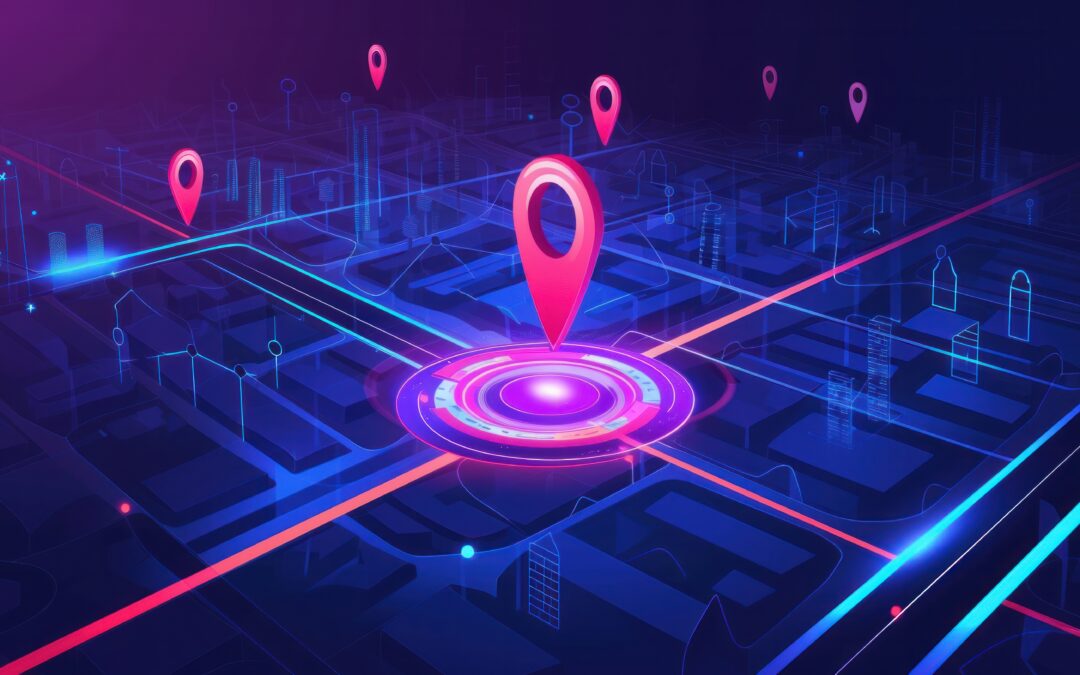In today’s media landscape, businesses are constantly seeking innovative ways to connect with their target audiences. One such tactic is geo-fencing, a location-based service. But what exactly is geo-fencing, and how can it benefit your business? Let’s take a look.
Geo-fencing is a technology that creates a virtual boundary around a specific geographic area using GPS, RFID, Wi-Fi, or cellular data. When a mobile device enters or exits this boundary, the system triggers a response, such as sending a text message, email alert, or app notification. This allows businesses to deliver highly targeted and relevant messages to users based on their location.
How Does Geo-Fencing Work?
Businesses identify and set up virtual perimeters, which can be a radius around a physical location like a store or event venue (think competitors or audience rich locations). When a user’s device enters or exits the geo-fenced area, with location services activated, it triggers an action and allows us to deliver ads on various websites and apps for up to 30 days.
Benefits of Geo-Fencing for Businesses:
Geo-fencing allows businesses to deliver messages to potential customers based on their location. For example, a coffee shop can send a discount coupon to visitors of competing breakfast spots. This increases the chances of attracting customers and boosting sales. Businesses can also geo-fence their own locations. This can significantly boost top-of-mind awareness and customer loyalty. By setting up a virtual perimeter around your store, you can send ads about promotions, events, or special offers to customers who enter the area. This engagement keeps your business at the forefront of customers’ minds and encourages repeat visits. Offering exclusive deals to those within the geo-fenced zone fosters a sense of loyalty, enhancing the overall customer experience and building a stronger, more dedicated customer base. It also provides valuable insights into customer behavior where businesses can analyze data to understand foot traffic and the effectiveness of their marketing campaigns through conversion zones. Conversion zones are virtual perimeters established around your location(s) to track and measure the effectiveness of campaigns. When a customer who has interacted with a geo-fenced ad and either visits their location or website, it is tracked. Even if they don’t click on the ad, they may view an ad and visit the website or location, without ever clicking, and an action is recorded.
Some examples of practical applications:
Retail: Attract customers with discounts, promotions, and product launches when they are shopping competitors.
Restaurants: Send offers or reminders to guests at 10-12 competing dining spots within a 5 mile radius.
Tourist destinations: Geo-fence 10-20 area hotels and target guests.
Real Estate: Alert potential sellers about open houses or new listings you are offering in their area.
In summary, geo-fencing is a powerful tool that can transform how businesses engage potential customers. By harnessing location-based marketing, businesses can deliver messages, improve customer engagement, and gain valuable insights into consumer behavior. As technology evolves, geo-fencing will become an integral part of marketing strategies, helping businesses stay ahead of the competition.
Not sure where to start? Reach out to NNEdigital where we deliver results.

